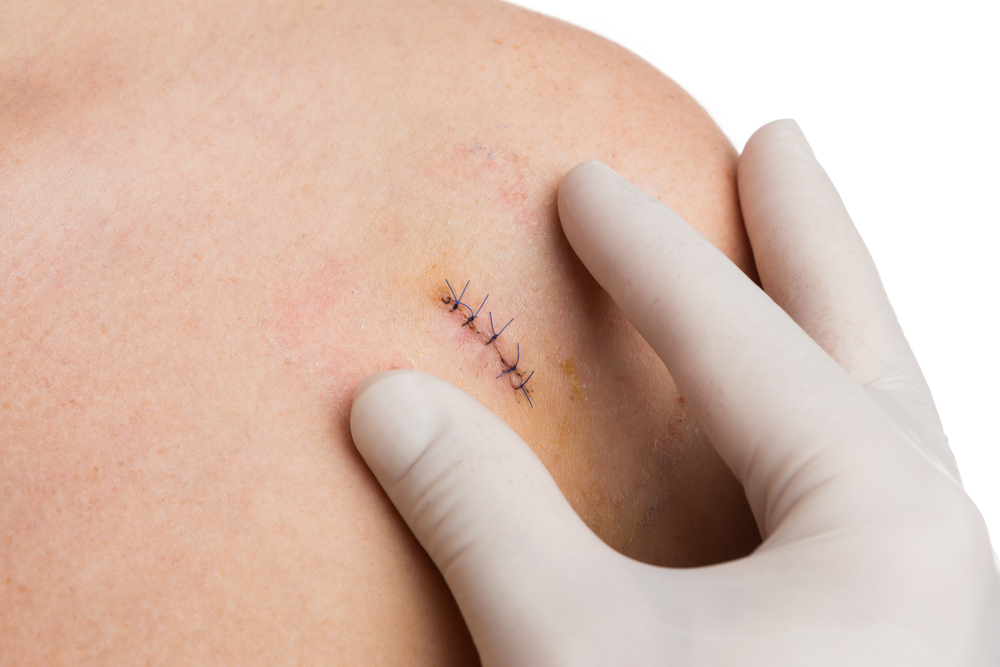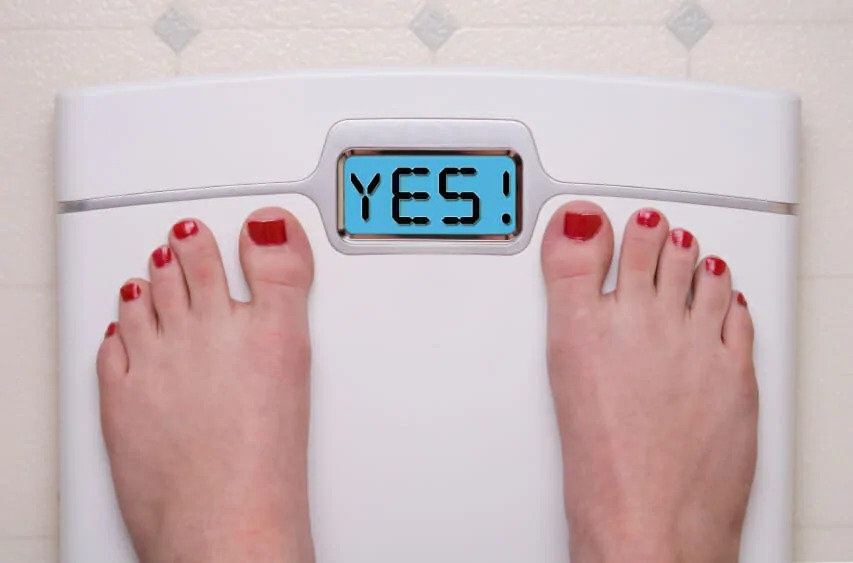Cutting yourself and knowing when you need stitches or not can be a hard thing to determine. Sometimes a small cut won’t stop bleeding, while big deep gashes don’t bleed for long. Especially if it comes down to your child falling and slicing their knee open.
How are you supposed to know when you for certain need stitches or not?
Stitches are made of nylon or silk material that is used to help close a wound. They are very similar to stitches in clothing. Eventually the stitches will dissolve on their own.
The benefits of getting stitches are it gives your body support and strength while your skin heals and closes up. It also will help lower your chances of bleeding and infection. It can help minimize scars.
Signs Your Wound Is An Emergency
There are some warning signs of true emergency that can coincide with a big cut or wound.
If the wound is excessively bleeding, spurting blood, if the injury is in the chest, abdomen, neck, or eye you will want to seek medical attention immediately. Also if you experience severe pain, fast breathing, trouble breathing, vomiting, dizziness, or unconsciousness it is best to be evaluated by a medical professional.
Signs You Need Stitches
There are a lot of different things to look for when deciding if you need stitches or not.
The first one being the size of the cut. This means both length and depth. You need stitches if the cut is deeper or longer than ½ inch. If the cut is wide and gapping or the skin is ragged. Fatty tissue, muscle, or bone is exposed are all reasons for stitches.
How much it is bleeding can also play a role. If the wound is spurting blood you might have damaged a nearby artery, and would need medical attention to stop the bleeding. If you put direct pressure onto the wound and it doesn’t stop after 10 minutes. Or if it is bleeding enough to soak through a bandage, you may need to see a medical professional.
Location of the wound matters. If you have a wound that is across a joint this can cause the wound to continuously reopen with movement. This could be across a knee or elbow. Face, or eyelids should be looked at by a medical professional. Wounds to the genital, hand, or mouth are also locations that can cause trouble. Other serious locations are chest, abdomen, or throat.
If infection risk is high you will want to go to the emergency room. This could be because you stepped on a rusty nail, got bitten by an animal, or stabbed with an object. If you were stabbed or impaled by something, leave it in until you get to the hospital. Leaving the object in can sometimes stop the bleeding until you are in a controlled environment with professionals that know how to effectively stop the bleeding. In some cases you may need a tetanus shot to help fight infections.
Puncture wounds, animal or human bites are all at higher risk for infections. If the wound contains debris such as glass or gravel you will want to get it cleaned out by a medical professional to make sure infection won’t occur. Signs of an infection include redness around the wound, red streaks spreading out from the wound, increased swelling, warmth, pain, tenderness, puss, drainage, and fever.
Tips for Before Heading To The Hospital or Emergency Room
Before you rush to the hospital there are some things you can do.
- If you have been punctured or cut by an object make sure you leave it in your body.
- Don’t eat or drink beforehand. This is mostly in the case of children in case they need to take medication to help them relax for stitches. Eating or drinking something may make them have to wait longer for treatment.
- Apply pressure to your wound. This may help the bleeding subside and help the healing process.
- Clean the wound. You will want to first wash your hands, then run tap water over the wound rinsing it out. Making sure all debris is cleaned out. Pat the wound dry. Apply an antibiotic cream and clean bandage to the cut. If the pain is excruciating, take some ibuprofen.
Takeaway
It can be hard to distinguish if a cut needs stitches. Even minor cuts can bleed exponentially causing alarm. When you or a family member suffer from an accident try to remain calm. Wash the wound and pat dry. Apply direct pressure and see if bleeding slows down or stops. If the wound is in a location that can cause alarm, make your way to the emergency room if you notice the size, amount of blood, and location seem to cause you to feel as though stitches are necessary.
Stitches are not a bad thing, they help your body heal, ward off infection, and minimize scarring.
Read More: Anti Aging Foods For Skin: Look Young For Life
Does this cut need stitches? Know the criteria for when to get stitches. #HealthSurgeon
After 10 minutes of direct pressure if your wound does not slow or stop bleeding seek medical help!
Sources:
https://www.webmd.com/first-aid/does-this-cut-need-stitches
https://starkvilleurgentcareclinic.com/do-i-need-stitches/
https://www.healthline.com/health/when-to-get-stitches#takeaway









